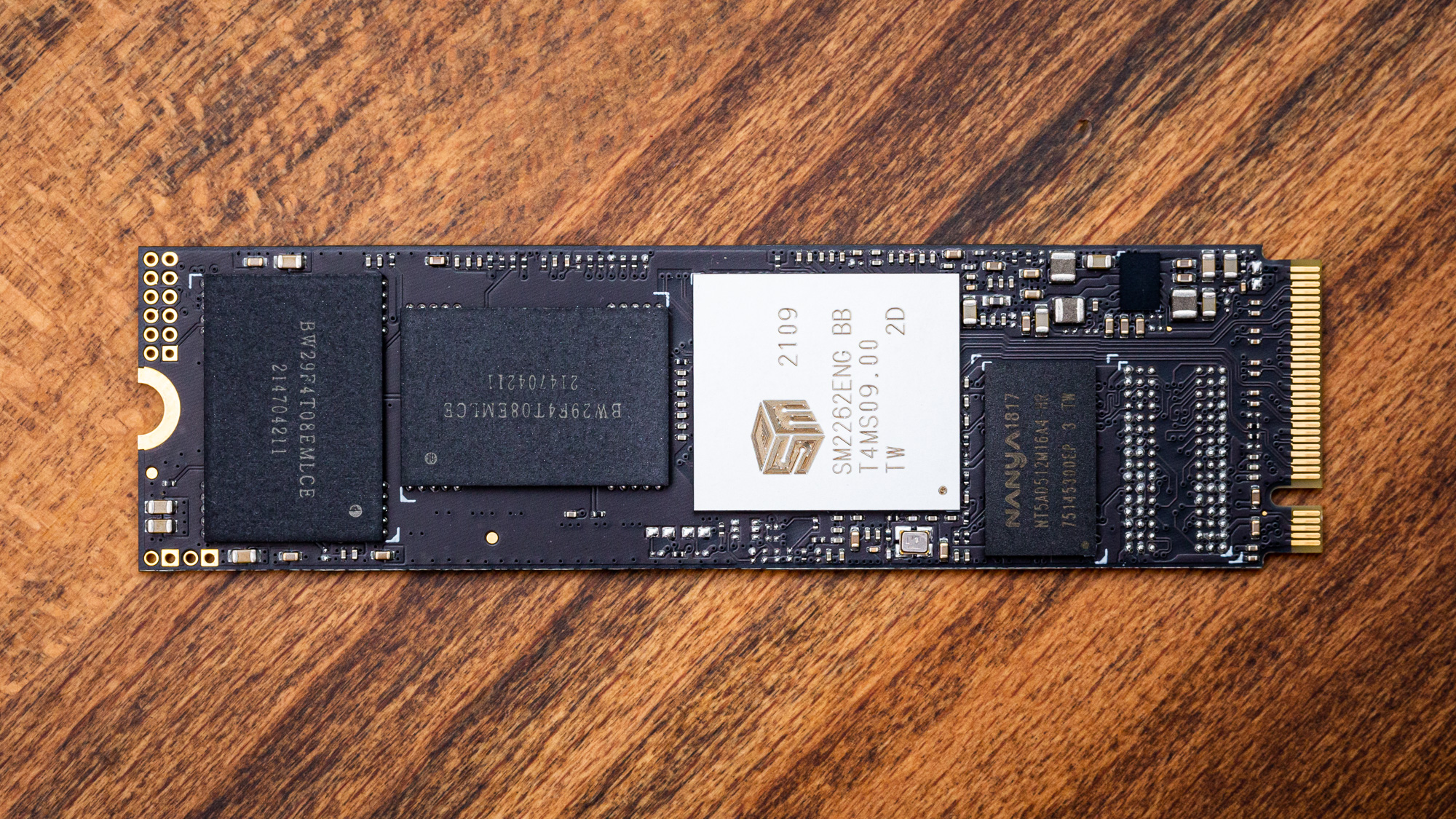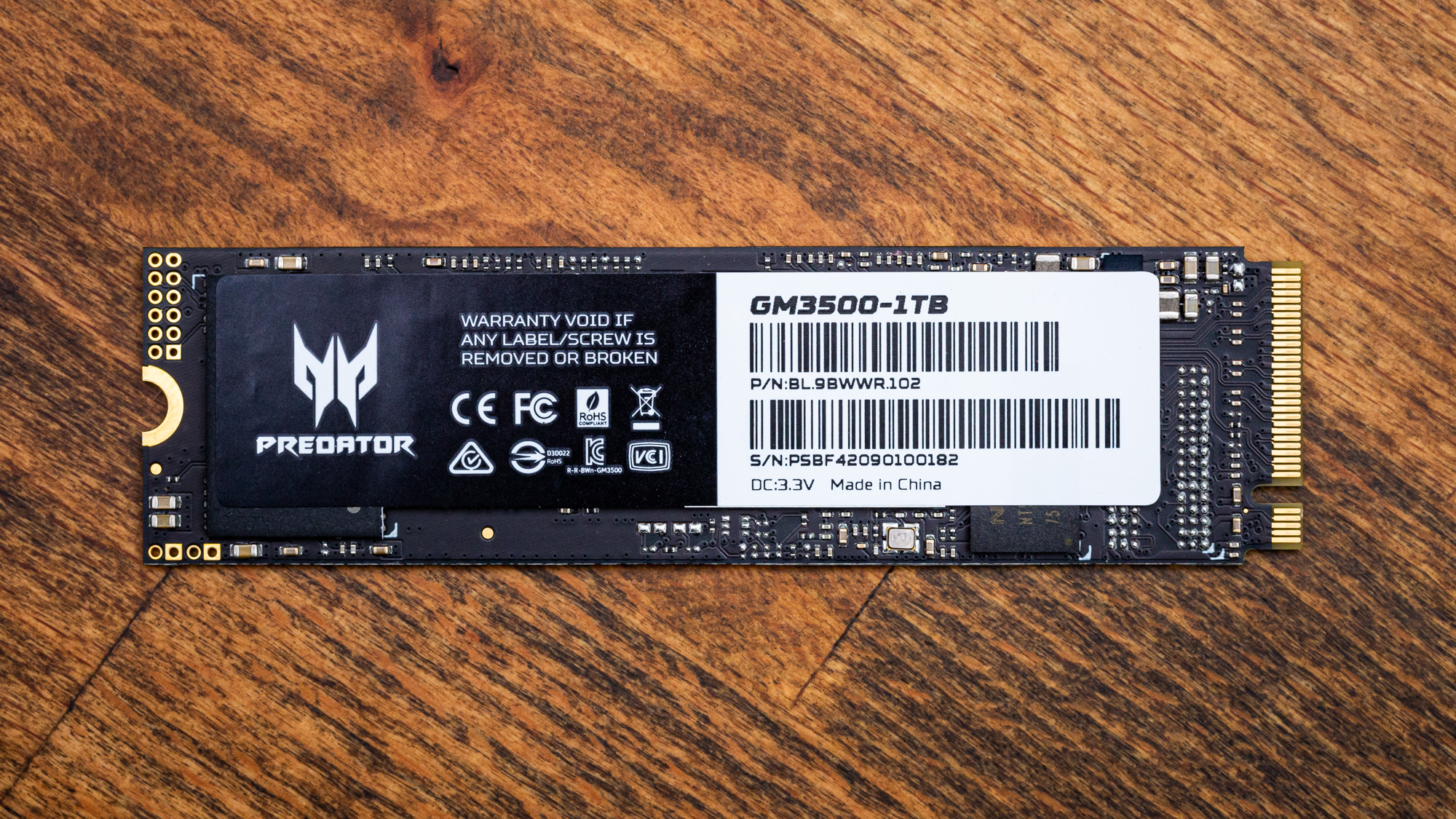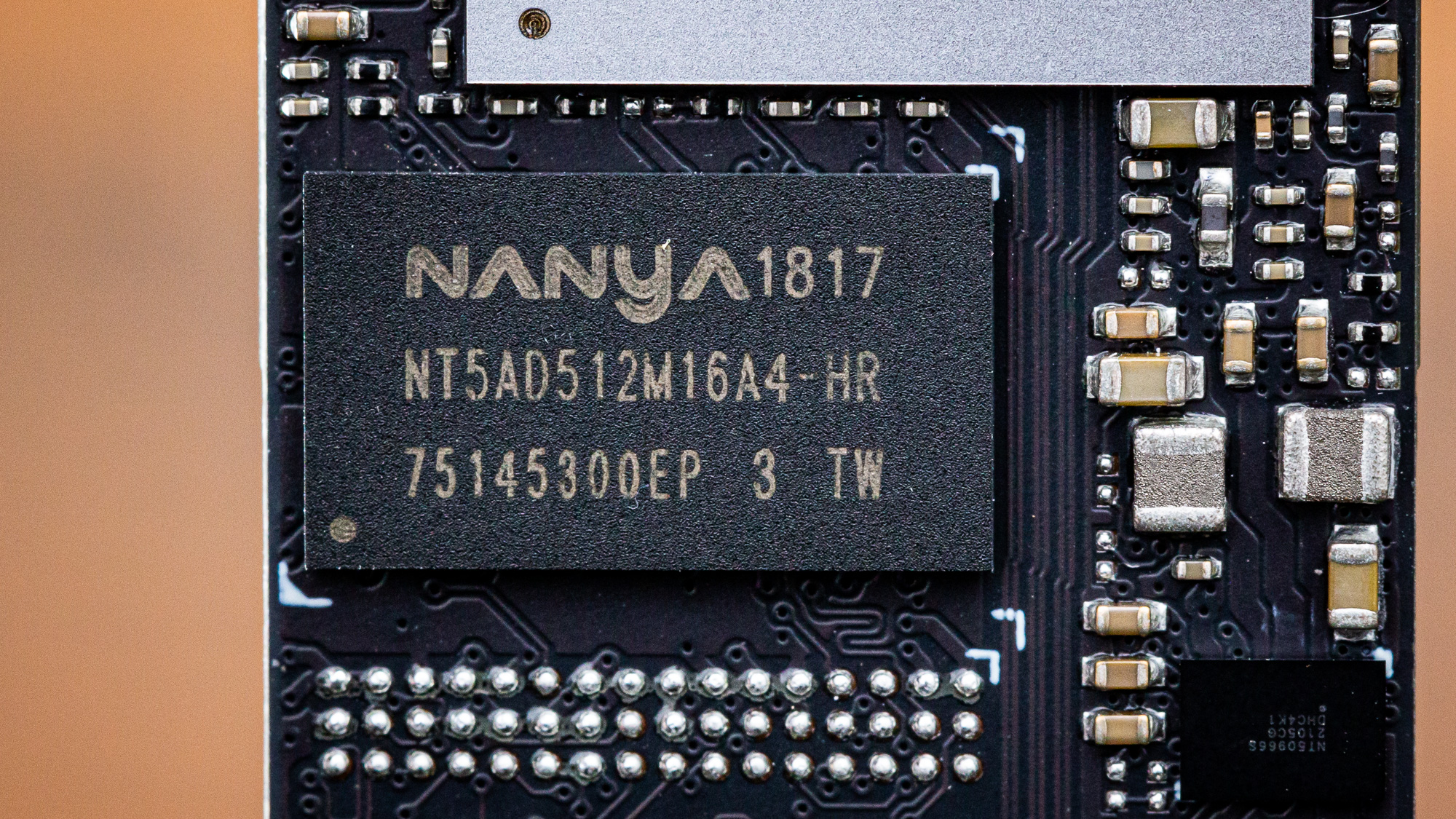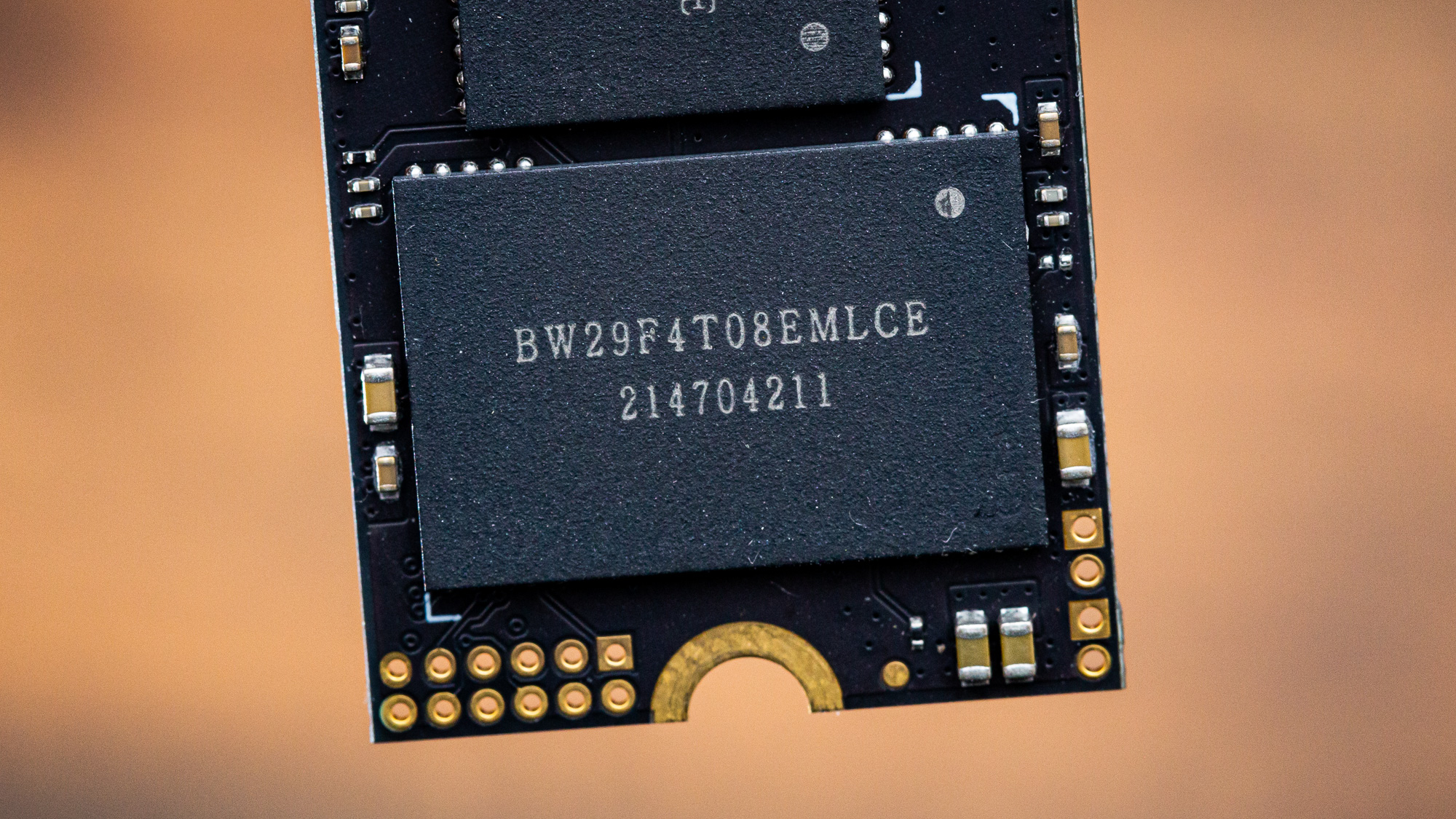Tom's Hardware Verdict
The Acer Predator GM3500 is a safe, if unexciting, PCIe 3.0 SSD for budget builds or cheap upgrades. But without a price drop, it faces stiff competition from drives with newer hardware. And capacity tops out at just 1TB.
Pros
- +
Reasonably performant for a PCIe 3.0 SSD
- +
Simple design that doesn’t take any unnecessary risks
Cons
- -
Stiff competition
- -
Pricing needs to come down for what it offers
- -
Old tech
Why you can trust Tom's Hardware
The Acer Predator GM3500 is your run-of-the-mill PCIe 3.0 SSD. It utilizes older hardware and does not attempt to do anything new. Its limited capacity range makes it ideal for a cheap build or upgrade where you don’t need anything fancy. It has enough performance to get the job done, but is not going to be as fast or as efficient as newer drives. Acer backs it with a fair warranty and some software, which makes it a good option if the price is right. But otherwise, there is nothing too exciting here.
The “gold” standard for PCIe 3.0 SSDs remains the SK hynix Gold P31, with the possible exception of the Samsung 970 Evo Plus. The Evo Plus has seen some hardware shifting in the last year or so and has also had some steep sales that have put it back into contention. It still feels cumbersome when compared to efficient, four-channel drives like the Gold P31 and less-powerful options like the Sabrent Rocket or this GM3500, drives that often run cooler. Of more immediate impact is the availability of newer, DRAM-less drives, particularly those that are PCIe 4.0-capable, which have largely made DRAM-equipped PCIe 3.0 SSDs feel obsolete.
Of course, the allure of PCIe 3.0 SSDs like the Gold P31 is the fact they are often a bit cheaper. This makes drives like the GM3500 a nice alternative when on sale, if you just want something to upgrade an old machine or fill out a cheaper build. It’s mature, proven technology that is “fast enough” for most of what matters. The GM3500 doesn’t take any risks, which can be a good thing. You don’t always need the very newest technology, especially when it comes to NVMe storage. SATA options exist, of course, but innovation there has stagnated. And those who expect the best possible reliability should look to technologies that are still actively being developed and improved upon.
Specifications
| Product | 512GB | 1TB |
|---|---|---|
| Pricing | $54.99 | $94.99 |
| Capacity (User / Raw) | 512GB / 512GB | 1024GB / 1024GB |
| Form Factor | M.2 2280 | M.2 2280 |
| Interface / Protocol | PCIe 3.0 x4 | PCIe 3.0 x4 |
| Controller | SM2262EN | SM2262EN |
| DRAM | DDR4 | DDR4 |
| Flash Memory | 96-Layer Micron TLC | 96-Layer Micron TLC |
| Sequential Read | 3,400 MBps | 3,400 MBps |
| Sequential Write | 2,400 MBps | 3,000 MBps |
| Random Read | 190K | 320K |
| Random Write | 350K | 350K |
| Security | N/A | N/A |
| Endurance (TBW) | 300TB | 600TB |
| Part Number | BL.9BWWR.101 | BL.9BWWR.102 |
| Warranty | 5-Year | 5-Year |
The Acer GM3500 is available in only two capacities: 512GB and 1TB. While this may seem restrictive, it’s sufficient if you just want a basic drive for your OS. This is a PCIe 3.0 drive and, as such, is limited to around 3.4/3.0GBps for sequential read and write speeds. IOPS are lackluster, as expected from the use of older hardware. However, Acer backs it with a 5-year warranty and 600TB written per TB of capacity.
The real issue for this drive is that pricing at the time of review places it very close to mid-range PCIe 4.0 drives. Those choices, such as with the WD SN770, HP FX900 and Silicon Power UD90, are DRAM-less. Larger capacities are offered by drives like the Crucial P3 and P3 Plus, also DRAM-less but with QLC. This puts the GM3500 in a bit of an awkward position as all of these drives use newer hardware that easily compensates for the lack of DRAM.
Software and Accessories
Acer offers an OEM version of Acronis True Image with this drive. This is convenient and nice to have for cloning, something people often do during a storage upgrade.
A Closer Look



This is a basic drive without any fancy cooling or styling. Under the top label we see two NAND packages, the controller, and one DRAM package. This layout is a bit different than usual, especially as it is single-sided.
Get Tom's Hardware's best news and in-depth reviews, straight to your inbox.
This controller, as used in the past, had a different physical configuration with regard to its components and was typically double-sided even at lower capacities. The GM3500 therefore may be easier to cool and would work better in some machines, such as laptops restricted to single-sided drives.


The controller is an SMI SM2262EN, an outdated but effective design. In some respects this was improved on with the SM2267, as used in the Adata S50 Lite, but that controller never saw wide use. The SM2262EN and its earlier SM2262 precursor, along with Phison’s E12 (later E12S) controller, were important in opening up the consumer NVMe market. The SM2262EN is now not as efficient or as powerful as newer controller designs, but offers a mature platform for someone who does not need the very fastest tech.
The DRAM is 1GB of DDR4, which is a nice pairing for 1TB of storage.
The flash is labeled BW29F4T08EMLCE. This is managed by Biwin, who traditionally has worked with HP for its SSD products. The rest of the code, in order, tells us that this Micron NAND is arranged in 4Tb or 512GB modules, with an 8-bit configuration. The last part is similar to but not exactly the same as the flash we saw on the HP FX900 Pro. This indicates a different generation, specifically two when comparing “C” to “E” - 96-layer here versus 176-layer there, although Micron’s 128-layer generation was never super common.
Micron actually had more than one configuration of this 96-layer TLC, but the most common has been the later-arriving B27B. Some early drives with the SM2262EN controller had B27A instead or, more typically, 64-layer B17A. B27B has a few changes over B27A, such as a faster I/O speed and a smaller block size. This is not massively relevant, but does suggest some improvements to endurance and performance with the flash the GM3500 is using.
There are also drives with this controller using older 64-layer TLC, as made famous with the Adata SX8200 Pro hardware swap. It’s more likely that those drives are using 96-layer or newer now, as 64-layer stock is depleted.
MORE: Best SSDs
MORE: Best External SSDs and Hard Drives
MORE: How We Test HDDs And SSDs
MORE: All SSD Content

Shane Downing is a Freelance Reviewer for Tom’s Hardware US, covering consumer storage hardware.
